Filter by
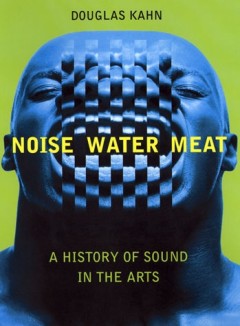
Noise, Water, Meat: A History of Voice, Sound, and Aurality in the Arts
An examination of the role of sound in twentieth-century arts. This interdisciplinary history and theory of sound in the arts reads the twentieth century by listening to it—to the emphatic and exceptional sounds of modernism and those on the cusp of postmodernism, recorded sound, noise, silence, the fluid sounds of immersion and dripping, and the meat voices of viruses, screams, and bestia…
- Edition
- -
- ISBN/ISSN
- 9780262276672
- Collation
- -
- Series Title
- -
- Call Number
- -

A robot ping-pong player :experiment in real-time intelligent control
This tour de force in experimental robotics paves the way toward understanding dynamic environments in vision and robotics. It describes the first robot able to play, and even beat, human ping-pong players.Constructing a machine to play ping-pong was proposed years ago as a particularly difficult problem requiring fast, accurate sensing and actuation, and the intelligence to play the game. The …
- Edition
- -
- ISBN/ISSN
- 9780262255615
- Collation
- 1 online resource (xiii, 275 pages) :illustrations.
- Series Title
- -
- Call Number
- -
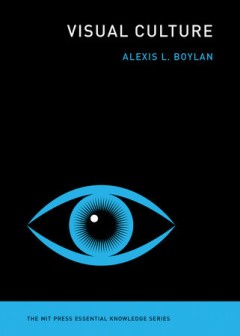
Visual culture
"A short, accesible critical guide to visual culture-what it means to look and see; how the visual impacts our lives, our era, our understandings of each other, and even how it is changing our brains"--OCLC-licensed vendor bibliographic record.
- Edition
- -
- ISBN/ISSN
- 9780262359719
- Collation
- 1 online resource (volumes cm.)
- Series Title
- -
- Call Number
- -
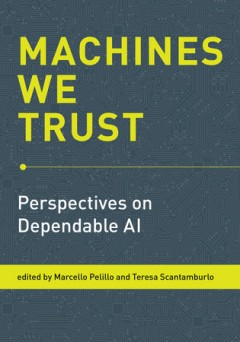
Machines we trust :perspectives on dependable AI
"A collection of critical essays dealing with the social and ethical impacts of AI including issues of trust, reliability, and bias"--OCLC-licensed vendor bibliographic record.
- Edition
- -
- ISBN/ISSN
- 0262366215
- Collation
- 1 online resource.
- Series Title
- -
- Call Number
- -

The householders :Robert Duncan and Jess
OCLC-licensed vendor bibliographic record.
- Edition
- -
- ISBN/ISSN
- 9780262354110
- Collation
- 1 online resource (244 pages).
- Series Title
- -
- Call Number
- -
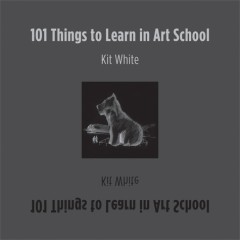
101 Things to Learn in Art School
Lessons, demonstrations, definitions, and tips on what to expect in art school, what it means to make art, and how to think like an artist. What is the first thing to learn in art school? “Art can be anything.” The second thing? “Learn to draw.” With 101 Things to Learn in Art School, artist and teacher Kit White delivers and develops such lessons, striking an instructive balance bet…
- Edition
- -
- ISBN/ISSN
- 9780262300148
- Collation
- -
- Series Title
- -
- Call Number
- -
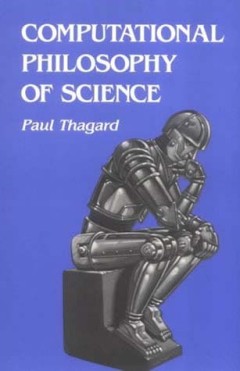
Computational Philosophy of Science
"A Bradford book."By applying research in artificial intelligence to problems in the philosophy of science, Paul Thagard develops an exciting new approach to the study of scientific reasoning. This approach uses computational ideas to shed light on how scientific theories are discovered, evaluated, and used in explanations. Thagard describes a detailed computational model of problem solving and…
- Edition
- -
- ISBN/ISSN
- 9780262284837
- Collation
- 1 online resource (xiv, 240 pages) :illustrations
- Series Title
- -
- Call Number
- -

Computation and Cognition: Toward a Foundation for Cognitive Science
The question, "What is Cognitive Science?" is often asked but seldom answered to anyone's satisfaction. Until now, most of the answers have come from the new breed of philosophers of mind. This book, however, is written by a distinguished psychologist and computer scientist who is well-known for his work on the conceptual foundations of cognitive science, and especially for his research on ment…
- Edition
- -
- ISBN/ISSN
- 9780262281997
- Collation
- 1 online resource (xxiii, 292 pages) :illustrations
- Series Title
- -
- Call Number
- -
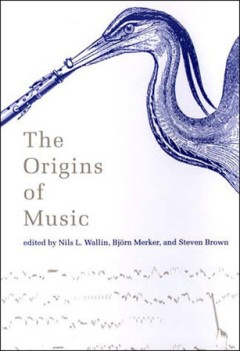
The Origins of Music
The book can be viewed as representing the birth of evolutionary biomusicology. What biological and cognitive forces have shaped humankind's musical behavior and the rich global repertoire of musical structures? What is music for, and why does every human culture have it? What are the universal features of music and musical behavior across cultures? In this groundbreaking book, musicologists…
- Edition
- -
- ISBN/ISSN
- 9780262285698
- Collation
- -
- Series Title
- -
- Call Number
- -
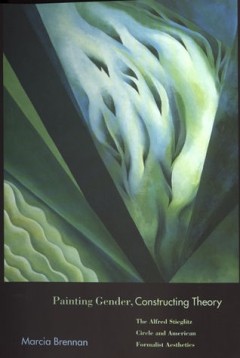
Painting Gender, Constructing Theory: The Alfred Stieglitz Circle and America…
How critical conceptions of gender and sexuality helped to advance the artistic careers of the Alfred Stieglitz Circle and influenced American formalist aesthetics. After the closing of his first art gallery in 1917, photographer Alfred Stieglitz reemerged in the New York art world in the 1920s. He achieved his comeback in large part through the innovative means he used to promote himself an…
- Edition
- -
- ISBN/ISSN
- 9780262269254
- Collation
- -
- Series Title
- -
- Call Number
- -
 Computer Science, Information & General Works
Computer Science, Information & General Works  Philosophy & Psychology
Philosophy & Psychology  Religion
Religion  Social Sciences
Social Sciences  Language
Language  Pure Science
Pure Science  Applied Sciences
Applied Sciences  Art & Recreation
Art & Recreation  Literature
Literature  History & Geography
History & Geography